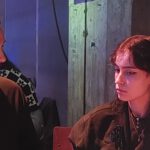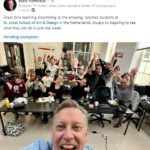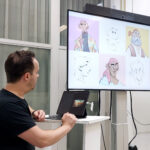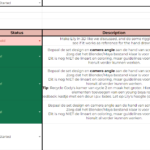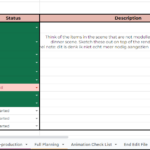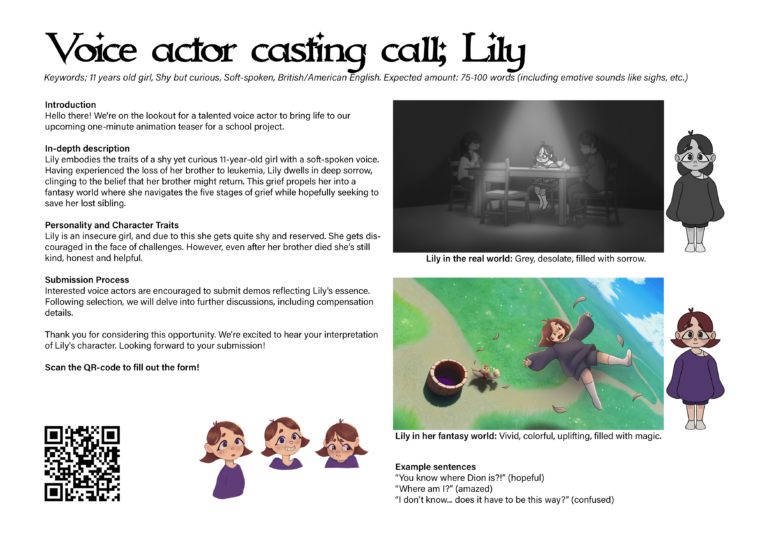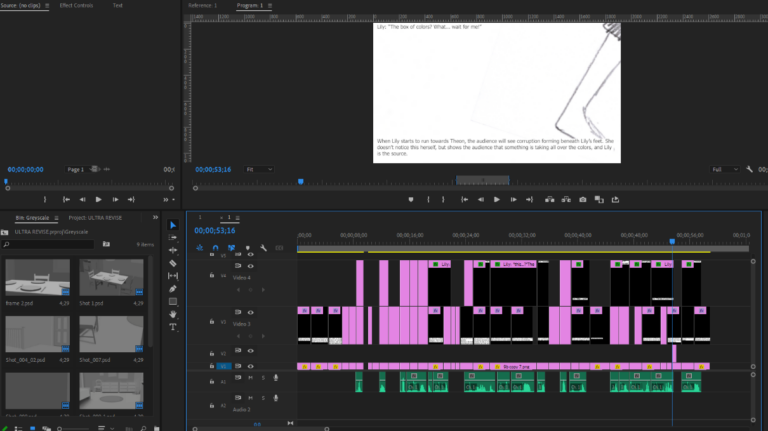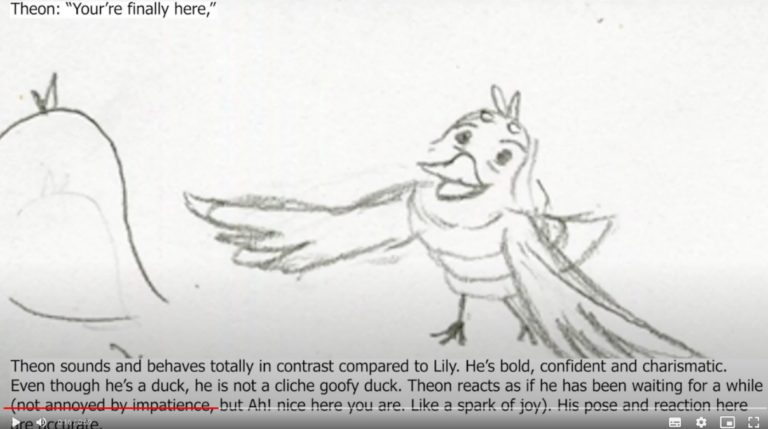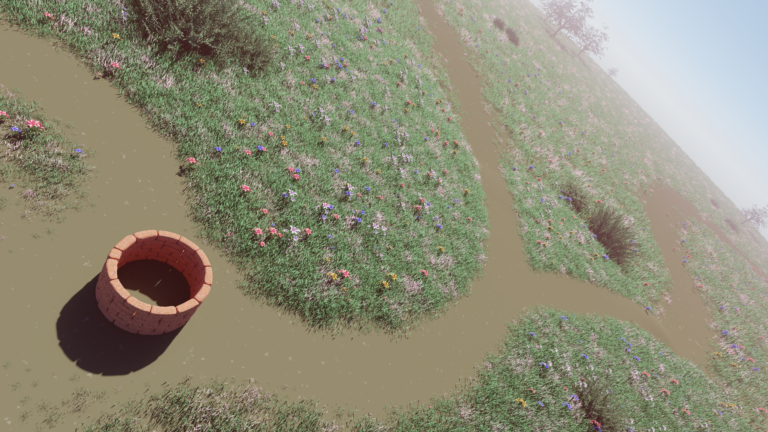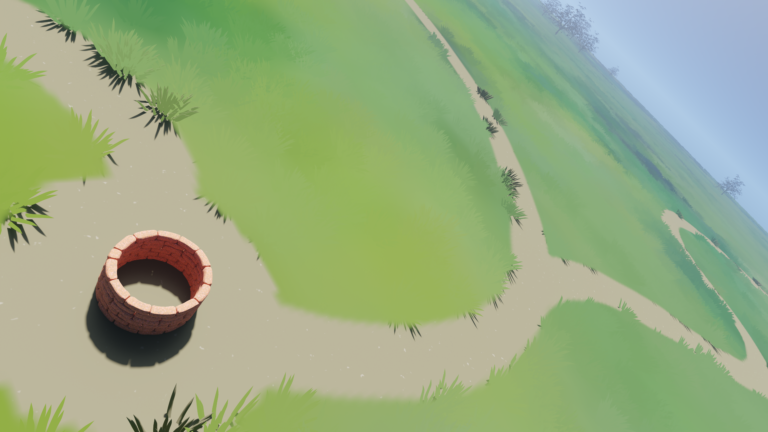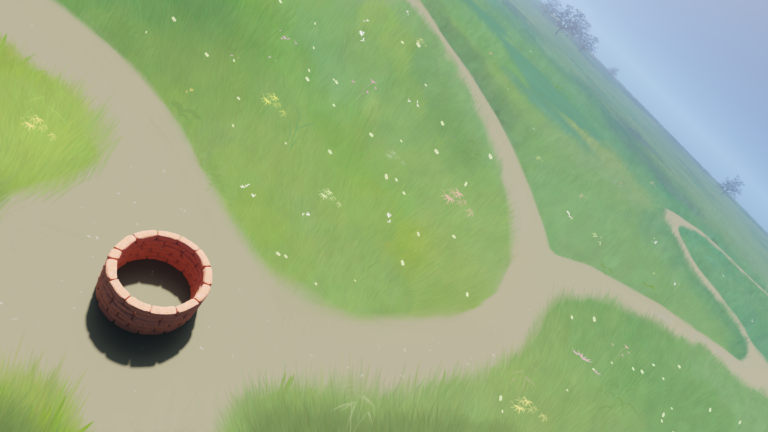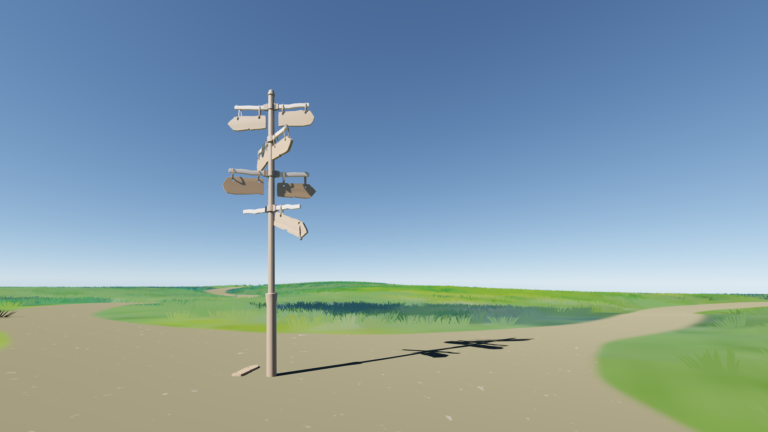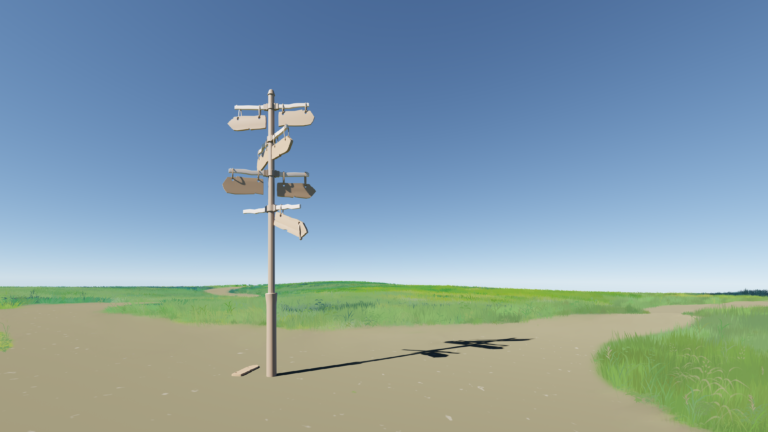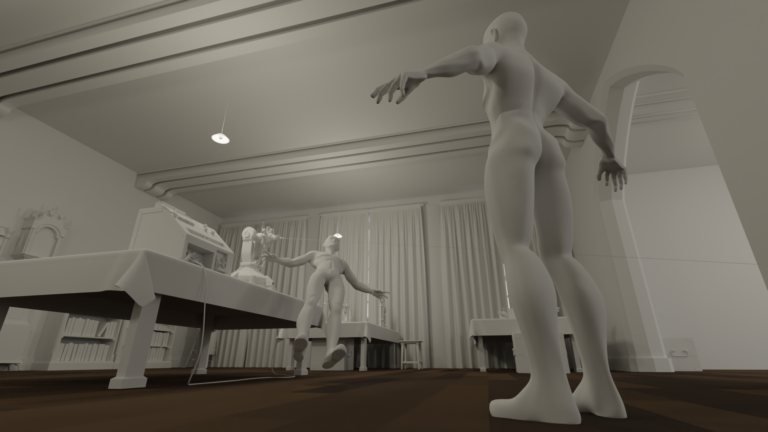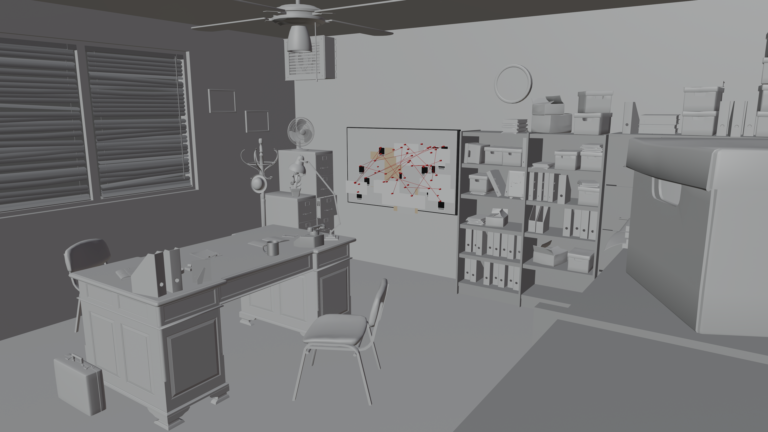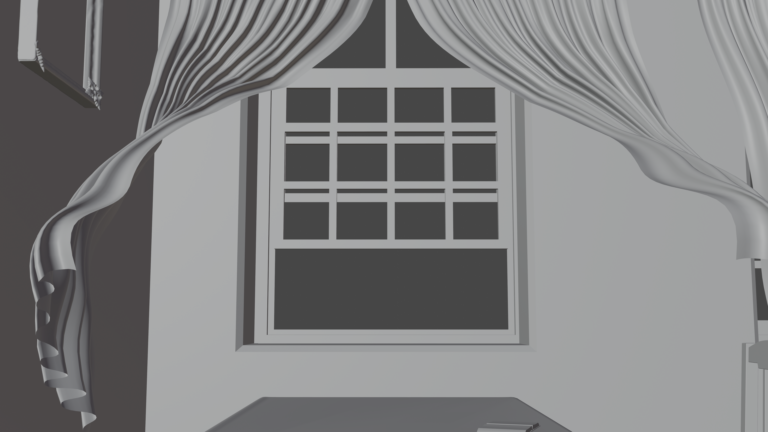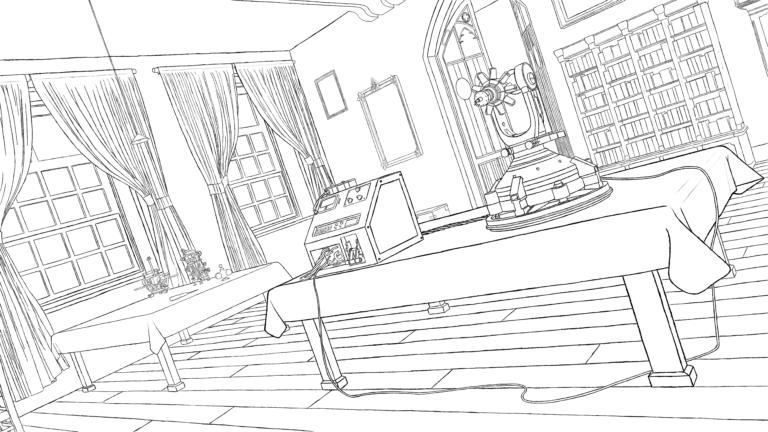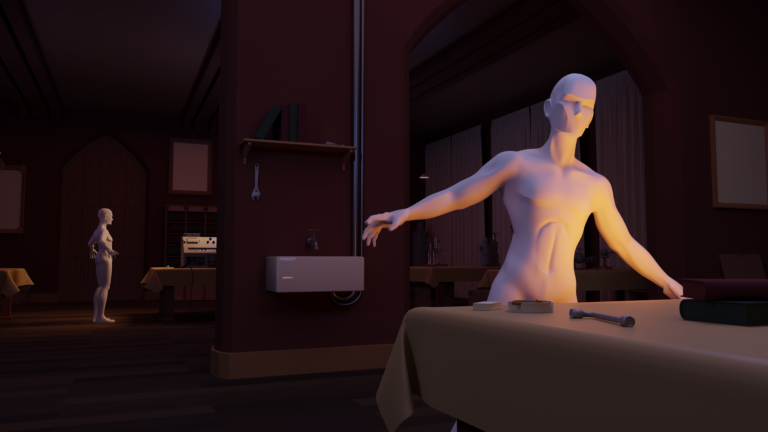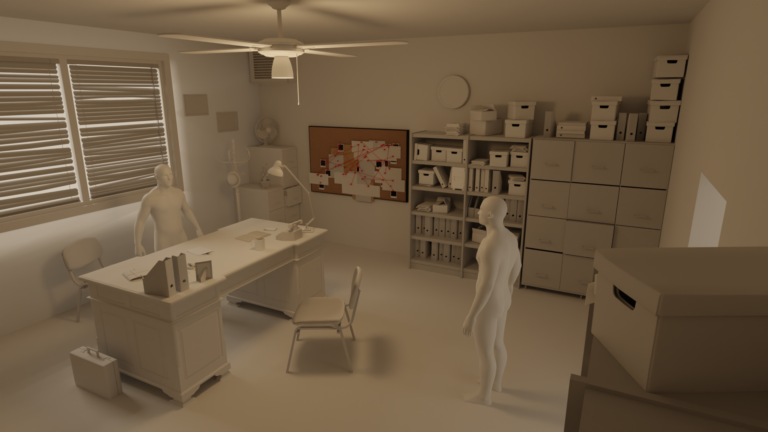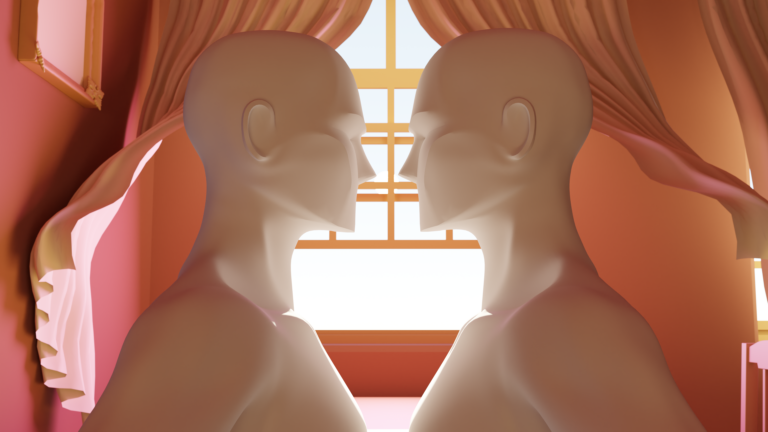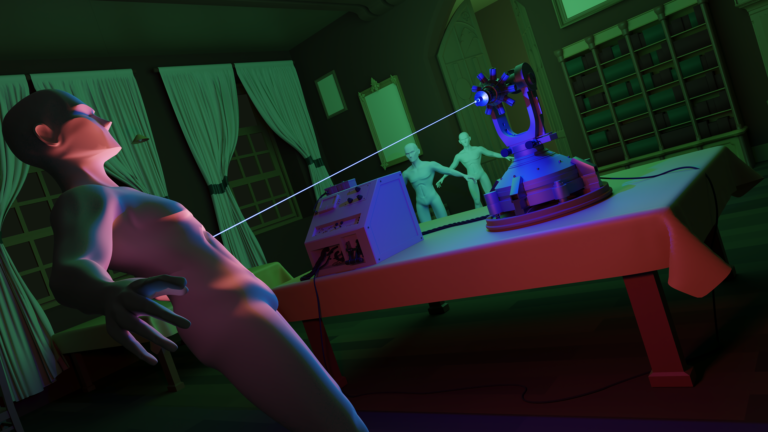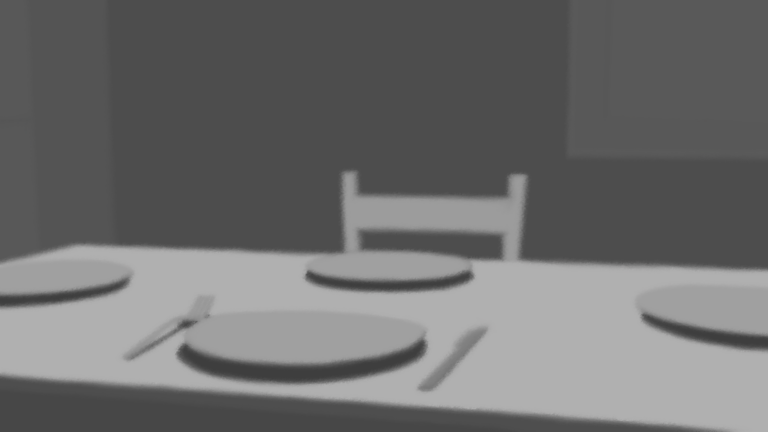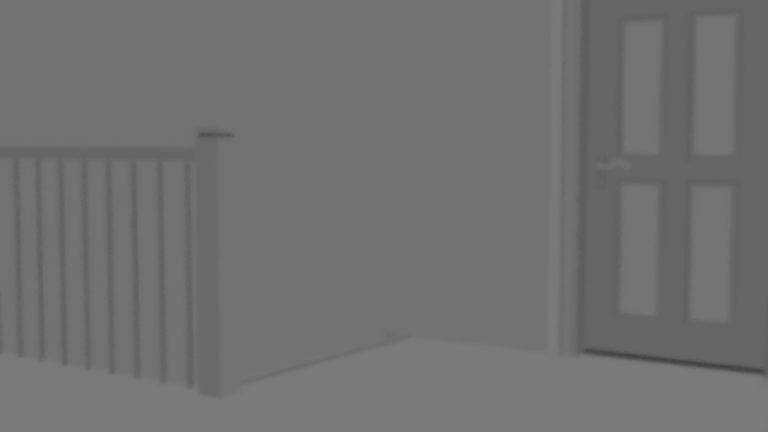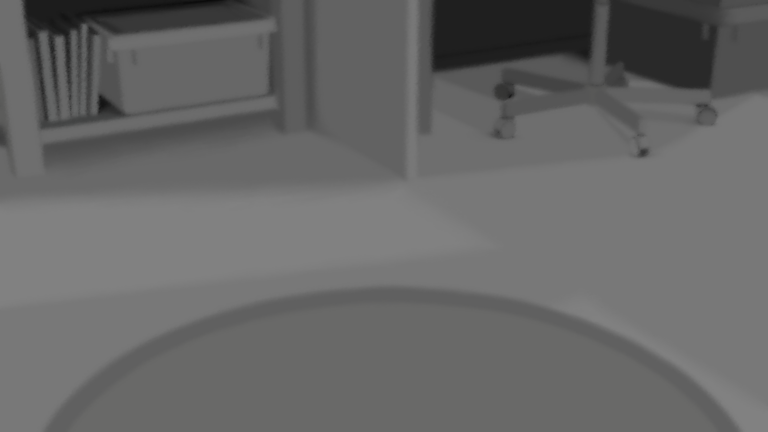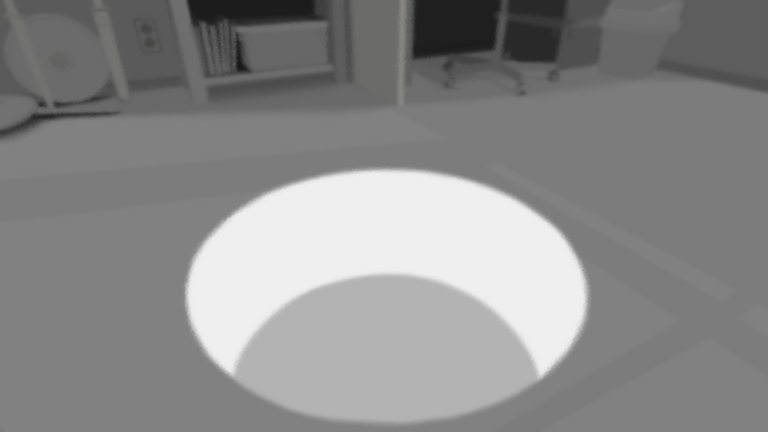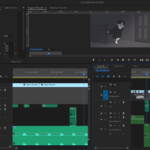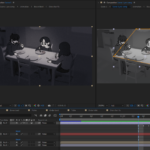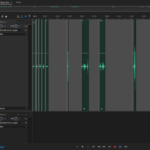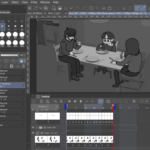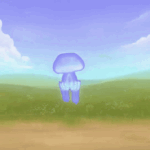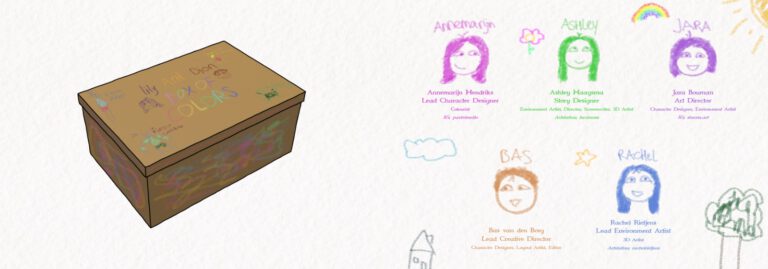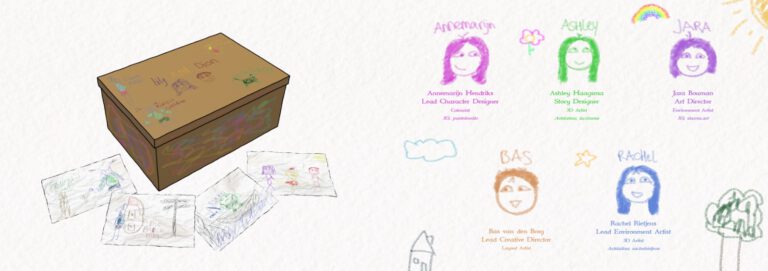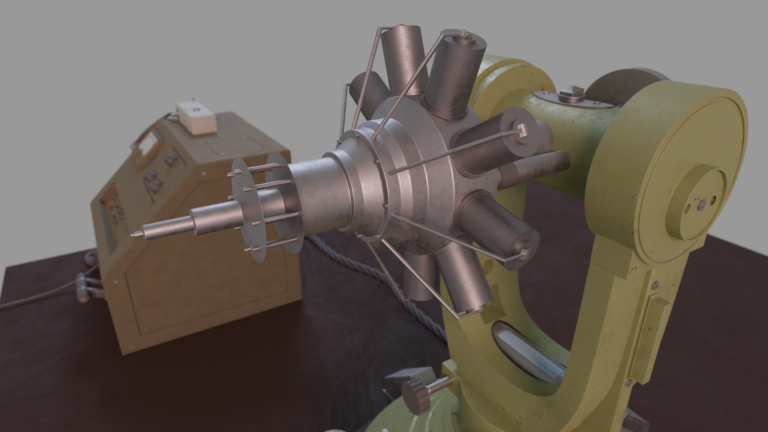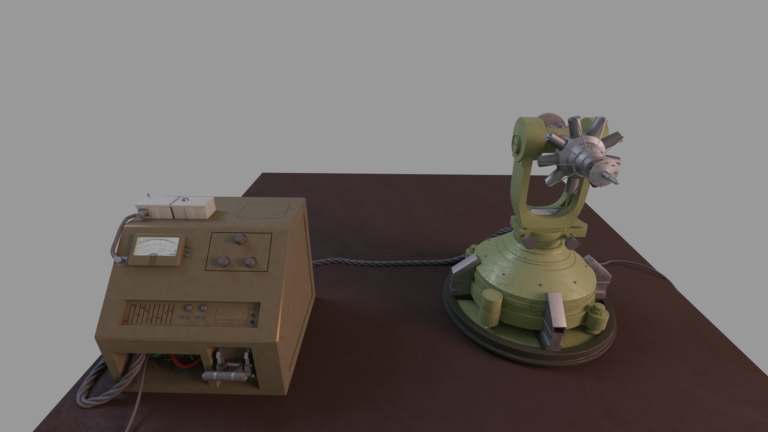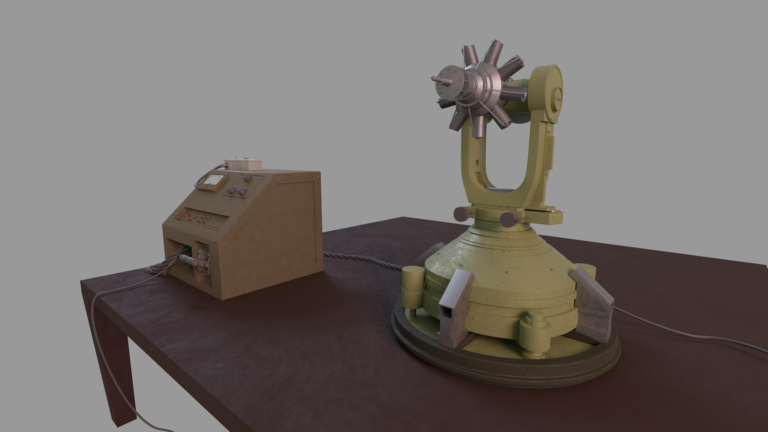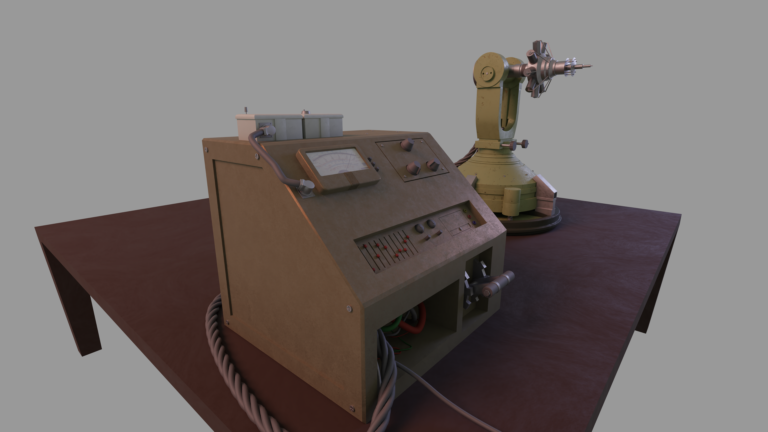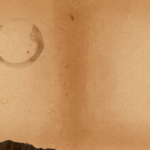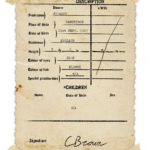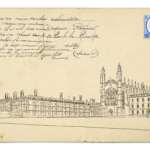Minor: Development for Visual Storyteling
- Minor
- VFX
- Animation
- Storytelling
- Group Project
- 20 weeks
- Blender
- Adobe Premiere
- Clip Studio Paint
- Adobe After Effects
- Adobe Audition
You can read the full pitch bibles of both stories created in the documents provided below as well as the final animation of Lily and the Box of Colors.
Note: All team members and project credits are included in the pitch bibles.
Note: All credits of this animation are noted in the description on youtube.
During my minor period, I chose to follow a course at AKV Sint Joost organized by Frank Verheggen and Albert ’t Hooft: Development for Visual Storytelling. Throughout this minor, I learned alot about visual storytelling and perfected my design skills. Along with others, I went through three phases: two phases of six weeks where we created pitch bibles for two different stories, and one phase of eight weeks where a pitch bible was developed into an animation.
My teams and I received valuable guidance from the teachers and several artists who provided us with fantastic feedback, which contributed a lot to our final outcomes. These artists included Patrick O’Keefe, Mark Hoffmeier, Kenneth Anderson, Edwin Rhemrev, Veerle Zandstra, Marcel Tigchelaar, Lieke Wouters, Piet Kroon, Bob Wolkers, and more.
I had many tasks during this period, and I will discuss them in turn.
Producer
As a producer, I had various responsibilities. I was responsible for creating and writing the pitch presentations. I also delivered these pitches. I had the opportunity to pitch “Lily and the Box of Colors” to Spiderverse’s Art Director, Patrick O’Keefe, at the Playgrounds event. Additionally, I pitched both stories before an industry panel consisting of Jolande Junte, Piet Kroon, and Patrick Chin. Both pitches were selected, along with three others from different teams out of ten, to go into production. I decided to continue with “Lily and the Box of Colors,” which was eventually made into an animation. Once the animation was completed, I had to pitch it on stage before an audience. Ultimately, another team with a great animation won the final pitch of the minor.
Additionally, I was responsible for planning and task distribution. As the producer, I oversaw everything to ensure it was completed on time. Initially, I used Miro to organize the project and tasks for the pitch bibles, but I realized this was too chaotic for organizing the animation. I started using a template made by a fellow student in an Excel sheet and personalized it according to the project’s needs. Here, I organized everything that needed to be done with descriptions.
I was also responsible for arranging voice actors and payments for the animation. I used various websites and social media to look for voice actors. Eventually, I tried the website Casting Call Club and posted our project. We gained popularity, receiving a total of 143 submissions for the roles of Lily and Theon. I reviewed all submissions to make a selection, and Annemarijn from my team selected the final actors. I contacted the actors, provided them with all necessary information, and arranged their payments.
I also handled the layout and text editing for the pitch bibles.
Writer and Director
Throughout all three phases, I served as the writer. I wrote the stories and developed the characters. During the minor, I learned skills such as writing a good synopsis and logline. For each story, I wrote a comprehensive walkthrough story guideline so that all designers could best understand the scenes.
During the animation phase, I also took on the role of director. I was responsible for creating the script. Using the provided storyboards, I supplemented them so the designers knew exactly what needed to be animated and what happened in each scene. To ensure everyone knew the guidelines, I created a video with the storyboards made by the team members Bas and Annemarijn, adding director’s notes and dialogue notes for the voice actors.
The video below is a second version of the director video with only my director’s notes for the animators and the added voice lines for animating lip sync during dialogue.
Environmental Designer, Compositor, Editor, and Co-Colorist
Throughout all three phases, I worked as an environmental designer. I primarily used Blender and learned Clip Studio Paint for this role. I gained a lot of knowledge about line art, adjusting angles to context, and further improved my Blender skills. I also collaborated with another environment designer, converting 3D environments into grayscale. I then edited these in Photoshop, researching the best brushes, textures, and filters to fit the style. I also colored some animations frame by frame of some scenes as co-colorist.
For the animation of “Lily and the Box of Colors,” I was also the editor and sound designer. I edited the timeline by placing the scenes in the correct order and timing them. Additionally, I added sound effects and edited the voice actors’ lines in Adobe Audition. Once this was finished, I did the compositing of the entire animation in After Effects.
Lily and the Box of Colors Pitch Bible
Note: One of my team members, Bas, helped me with the camera angle.
Scholars Window Pitch Bible
Note: One of my team members, Annemarijn, helped me with the descisions for the color and lights.
Lily and the Box of Colors Animation
Note: I only did the greyscaling for these. The 3D-environments were made by another team member, Rachel.
Prop Designer, Editor, Compositor, Sound Designer and Other
Lily and the Box of Colors Pitch Bible
Scholars Window Pitch Bible
Note: The 4th picture is a picture edited on a paper in Photoshop. The drawing is not made by me. The 5th picture is also edited in photoshop. The lineart of the building was made by another team member, Rachel.
Below is a moodboard video that Rachel and I made in Premiere Pro during the first week of development for the pitch bible of “Scholars Window.” This was to attract more students to join our project, and we succeeded, gaining the help of four other students. Laminis was the original name for this project.
Reflection on the minor
Storytelling & Creation
During the minor, I learned a lot about visual storytelling and improved my design skills. Despite being satisfied with my work, I see room for improvement, especially with more time. For instance, the environments in “The Scholars Window” were too static and overly detailed. Technically, I gained a lot from teachers and guest lectures on storytelling, drawing, and animation. I’ve documented all feedback and lessons for future reference.
I learned how to create compelling stories, including structuring them with elements like the point of no return and placing the climax effectively. I also became better in pitching ideas. I’ve realized that I often get too caught up in details and need to simplify to maintain focus and make collaboration easier.
Research & Design
The design process was initially chaotic but valuable for understanding what is needed for a four-week project. I improved my approach to writing by laying a foundation, expanding it, and then refining it. In phase 1, my role as a writer was sometimes messy due to uncertainty about the extent of detail and group discussions. Research was crucial for making the story believable, such as exploring leukemia and childhood trauma for “Lily” and studying fourth- and fifth-dimension theories for “The Scholars Window.”
As a director and writer, I experimented with videos to visualize animation ideas and estimate time requirements. As an environment artist, I experimented with lighting and camera angles in 3D. Although I held leadership roles in phases 2 and 3, I still sought feedback from group members to improve my work as a producer and director.
Positioning & Entrepreneurship
Initially, I organized everything via Miro, but it quickly became chaotic. In phase 3, I switched to using an Excel sheet for planning, which worked better. As a producer in phases 2 and 3, I faced challenges. This experience taught me the importance of addressing issues constructively and being more critical about team composition in the future.
As a storyteller, I now better understand how to keep my stories realistic and visually appealing. I’ve learned to apply the principle of “show, don’t tell” effectively, allowing viewers to think and interpret on their own.
My learning goal for the future is to combine my passion for storytelling with physics and science. This minor has equipped me with tools to make my ideas engaging for the audience and how to convey them to stakeholders.

